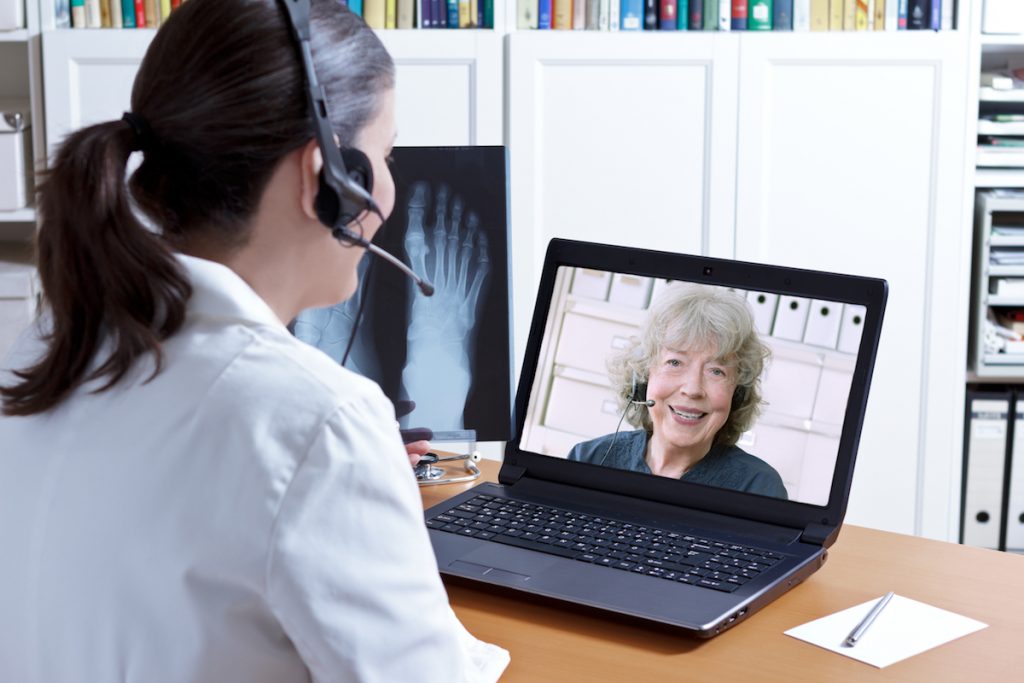
Telemedicine, also known as telehealth, is revolutionizing the way that we receive healthcare in the 21st century. If you’re not already familiar with the tech, telemedicine is defined as the remote diagnosis and treatment of patients through telecommunication channels including both web and mobile platforms.
In fact, if we’re looking into the true definition, according to the US government, telemedicine is “the use of electronic information and telecommunications technologies to support long-distance clinical health care, patient and professional health-related education, public health and health administration. Technologies include videoconferencing, the internet, store-and-forward imaging, streaming media, and terrestrial and wireless communications.”
But how exactly can telemedicine be used to change healthcare for the better?
1. Improved healthcare in remote areas

One of the biggest benefits of telemedicine is the capability to provide healthcare in incredibly remote areas.
In areas with minimal options for healthcare, downloadable apps, online video calling, and advice from healthcare professionals online can be a literal lifesaver. Not only does this increase the availability of healthcare for those in secluded areas but works to prevent unnecessary travel for chronic patients.
This has huge implications as to both the comfort and convenience of patients, bringing a huge pro for those in quiet areas.
2. The ease of stress on the healthcare system

If there’s one thing that the healthcare system is struggling with, it’s space.
Seemingly every waiting room up and down the country is filled to the brim at any given time, so any effort to reduce the number of bodies waiting to be seen is a huge benefit in anyone’s book. By allowing appointments to be created in an online environment, the stress on the healthcare system is alleviated.
There are fewer physical appointments for doctors to work through, less time for doctors to wait between appointments, the prevention of wasted time and no-shows alongside the quieter waiting rooms for those with more serious conditions.
By shifting a portion of the healthcare system towards telemedicine, it shifts a huge weight from the shoulders of the system.
3. The convenience for patients

For a wide number of patients, it’s the inconvenience of the healthcare system that acts as the biggest flaw.
Whether it’s having to travel, take time off work or schedule an appointment in the future that puts the patient off—the inconvenience is sometimes enough for individuals to ignore potentially serious health conditions to prevent taking time away from their busy day.
With telemedicine, there’s no longer an issue as appointments can be scheduled with the minimal time taken from the day. Virtual meetings can take as little as five minutes and once they’re done and dusted, patients can get straight back to work, eradicating the need for sick days.

And telemedicine is just getting started. We’re expecting plenty more innovations and benefits coming very soon in the telemedicine division—for now, it’s a waiting game.

